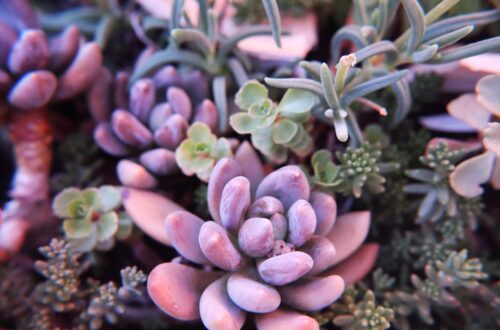
12 Surprising Things You Didn’t Know About Succulents
Have you ever wondered what makes succulents so fascinating? These resilient plants, known for their thick, fleshy leaves and unique shapes, have taken the gardening world by storm. But beyond their beauty and low-maintenance nature, succulents have some surprising secrets. Whether you’re a seasoned succulent enthusiast or just getting started, there’s always something new to discover about these incredible plants.
1. Succulents Are Found on Every Continent Except Antarctica
You might associate succulents with desert landscapes, but did you know that these hardy plants are found on every continent except Antarctica? From the arid deserts of Africa to the tropical rainforests of South America, succulents have adapted to thrive in a wide variety of climates. While they are most commonly found in dry, arid regions, some succulents even grow in alpine environments or as epiphytes, living on trees in humid jungles. This incredible adaptability is part of what makes succulents so versatile and popular among gardeners worldwide.
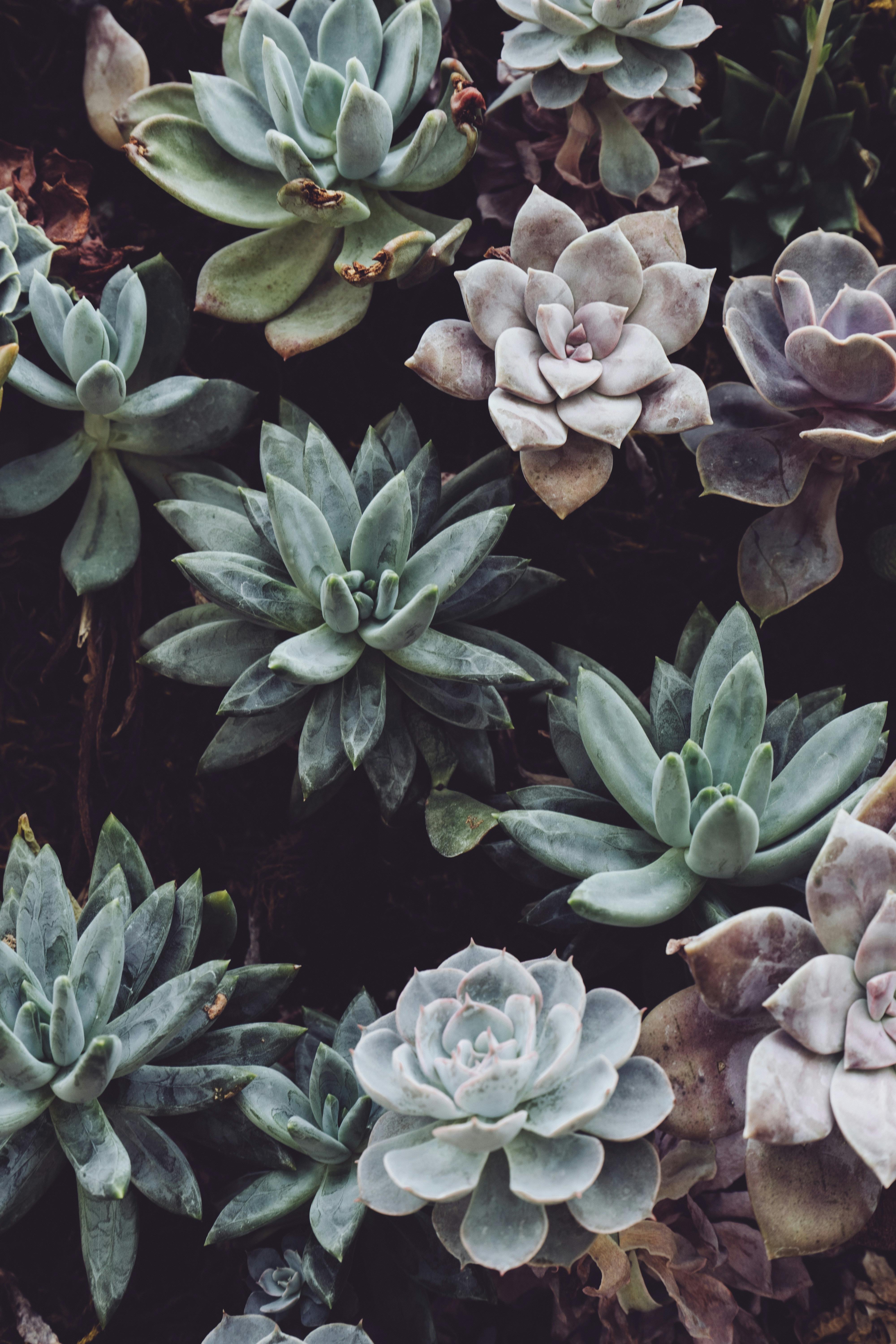
2. Succulents Can Survive for Months Without Water
One of the reasons succulents are so beloved by gardeners is their ability to survive with very little water. Thanks to their thick, fleshy leaves, stems, or roots, succulents can store water for long periods, allowing them to endure drought conditions that would kill most other plants. Some succulents, like cacti, can go for months without any water at all. This ability to conserve water makes succulents ideal for indoor environments and for people who might forget to water their plants regularly. However, it’s important to note that while succulents are drought-tolerant, they still need occasional watering to thrive, especially during their growing season.
3. Some Succulents Are Edible
Not all succulents are just for show—some are actually edible! Aloe vera is perhaps the most well-known edible succulent, commonly used for its soothing gel in skincare and medicinal products. However, certain species of cacti, such as the prickly pear (Opuntia), produce fruit and pads that are not only edible but also delicious and nutritious. The pads, known as nopales, are a staple in Mexican cuisine and can be grilled, sautéed, or added to salads. While not all succulents are safe to eat, these examples show that some can be both beautiful and functional in the kitchen.

4. Succulents Have Been Around for Millions of Years
Succulents are ancient plants that have been around for millions of years. Fossil evidence suggests that succulents may have first evolved during the Mesozoic era, around 200 million years ago. Their unique ability to store water likely developed as a survival mechanism in response to the Earth’s changing climates. Over time, succulents adapted to a wide range of environments, leading to the diverse species we see today. This long history makes succulents some of the oldest plant species still thriving on our planet, a testament to their resilience and adaptability.

5. Some Succulents Bloom Only at Night
While many succulents produce vibrant flowers during the day, some species have adapted to bloom only at night. This nocturnal blooming is often seen in desert environments, where daytime temperatures can be scorching. By blooming at night, these succulents avoid the intense heat and conserve water. The Queen of the Night (Epiphyllum oxypetalum) is one such succulent, producing large, fragrant flowers that open after sunset and close by dawn. Night-blooming succulents often rely on nocturnal pollinators like moths and bats to reproduce, adding another layer of intrigue to these mysterious plants.
6. Succulents Can Change Color
Did you know that succulents can change color based on their environment? This phenomenon, known as stress coloring, occurs when succulents are exposed to extreme conditions such as intense sunlight, cold temperatures, or drought. For example, an Echeveria that is usually green may turn red, purple, or pink when placed in direct sunlight. While stress coloring can enhance the beauty of succulents, it’s also a sign that the plant is under environmental stress. Understanding how to manage stress coloring can help you maintain the health of your succulents while enjoying their vibrant hues.
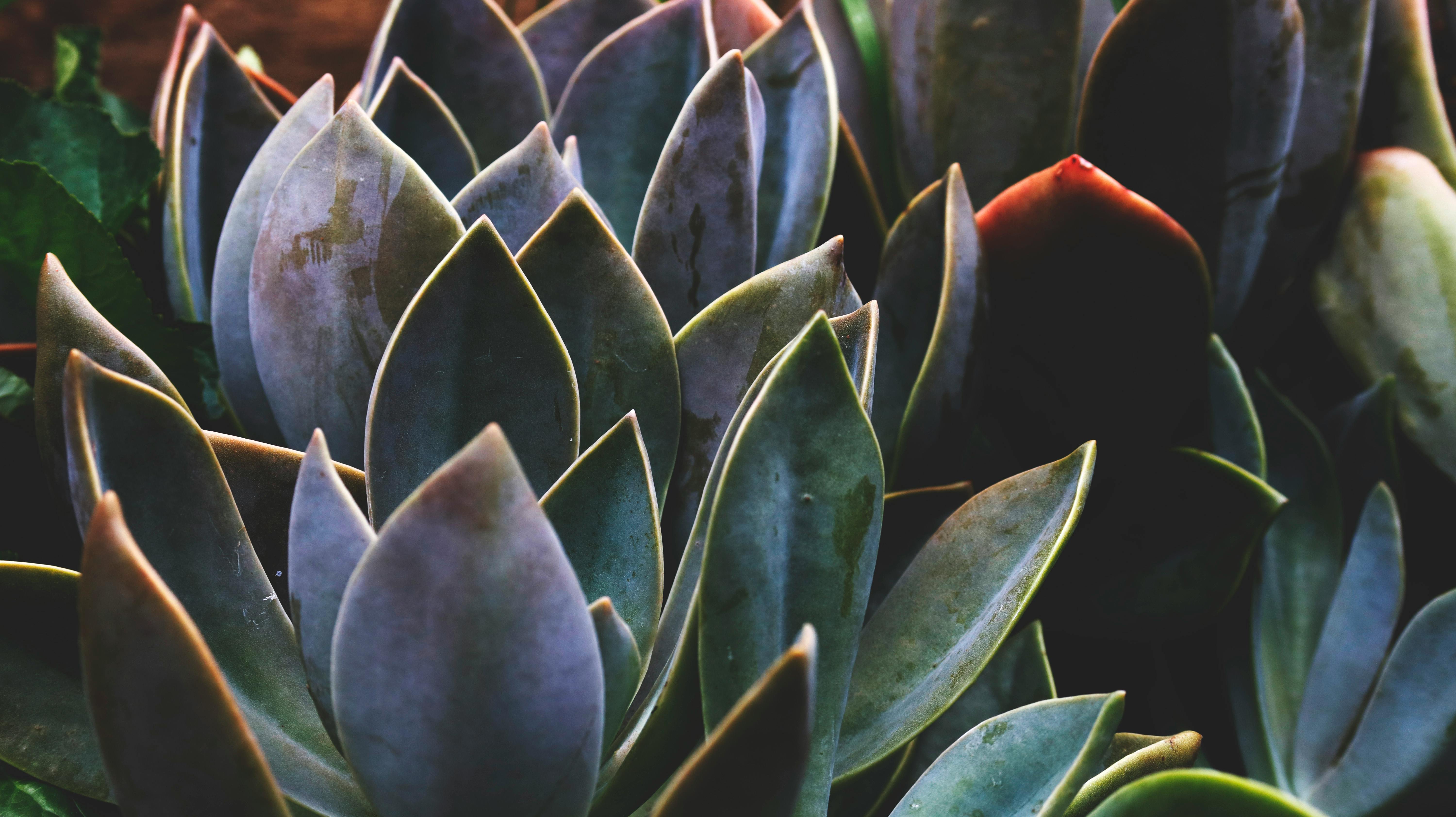
7. Succulents Can Purify the Air
Like many houseplants, succulents have the ability to purify the air in your home. Through the process of photosynthesis, succulents absorb carbon dioxide and release oxygen, improving indoor air quality. Some succulents, such as snake plants (Sansevieria) and aloe vera, are particularly effective at removing toxins like formaldehyde and benzene from the air. This makes succulents a great choice for improving air quality, especially in small, enclosed spaces like offices or bedrooms. By adding a few succulents to your indoor environment, you can enjoy both their beauty and their health benefits.
8. Succulents Are Easy to Propagate
One of the most exciting aspects of growing succulents is how easy they are to propagate. Succulents can be propagated through a variety of methods, including leaf cuttings, stem cuttings, and offsets. For example, you can simply remove a healthy leaf from an Echeveria, let it dry for a few days, and then place it on top of the soil. Within a few weeks, new roots and baby succulents, known as pups, will begin to form. This ease of propagation allows you to expand your succulent collection with minimal effort and share your plants with friends and family.

9. Some Succulents Are Monocarpic
While most succulents live for many years, some are monocarpic, meaning they die after flowering. Agave and certain species of Sempervivum are examples of monocarpic succulents. These plants put all their energy into producing a large, often spectacular flower spike, which can take years or even decades to develop. Once the plant has bloomed, it will die, but not before producing offsets or seeds that ensure the next generation. Understanding which of your succulents are monocarpic can help you prepare for their life cycle and ensure that you propagate new plants before the parent plant dies.
10. Succulents Have Evolved to Prevent Water Loss
Succulents have developed a range of adaptations to prevent water loss, making them incredibly efficient at surviving in arid environments. Many succulents have a waxy coating, known as a cuticle, on their leaves that helps reduce evaporation. Others, like Lithops, have evolved to resemble stones or pebbles, minimizing their exposure to the sun and reducing water loss. Some succulents can even close their stomata, the tiny openings on their leaves, during the hottest parts of the day to conserve moisture. These adaptations make succulents some of the most drought-resistant plants on Earth.
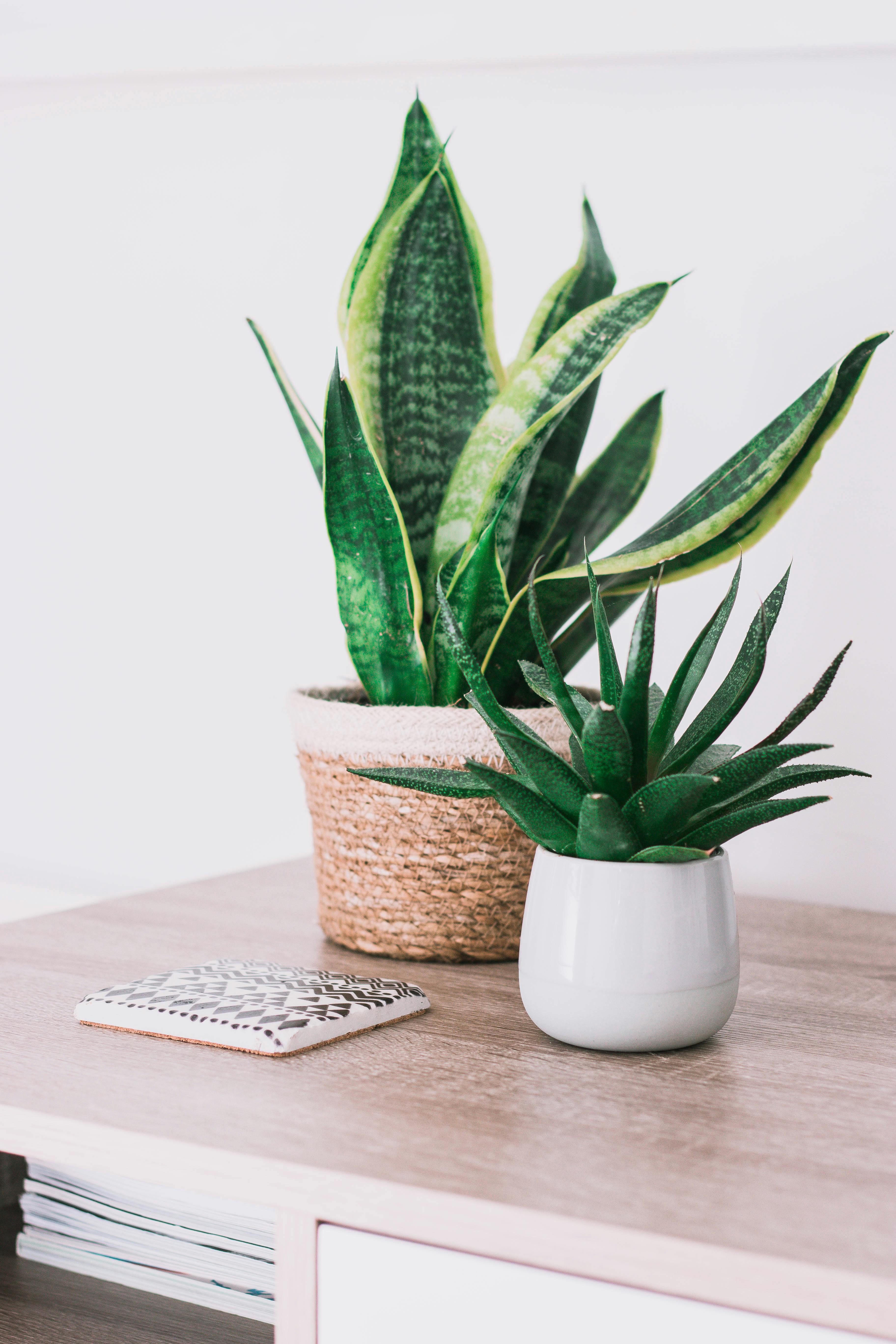
11. Succulents Are Not Just Green
When you think of succulents, you might picture green plants, but succulents come in a rainbow of colors. From deep purples and blues to bright pinks, oranges, and yellows, succulents offer a stunning array of hues. This wide range of colors is often influenced by the plant’s environment, including factors like light exposure and temperature. Some succulents, like the Rainbow Echeveria, naturally display a blend of colors that can change with the seasons. Incorporating a variety of colorful succulents into your garden or indoor space can add a vibrant and dynamic touch to your collection.
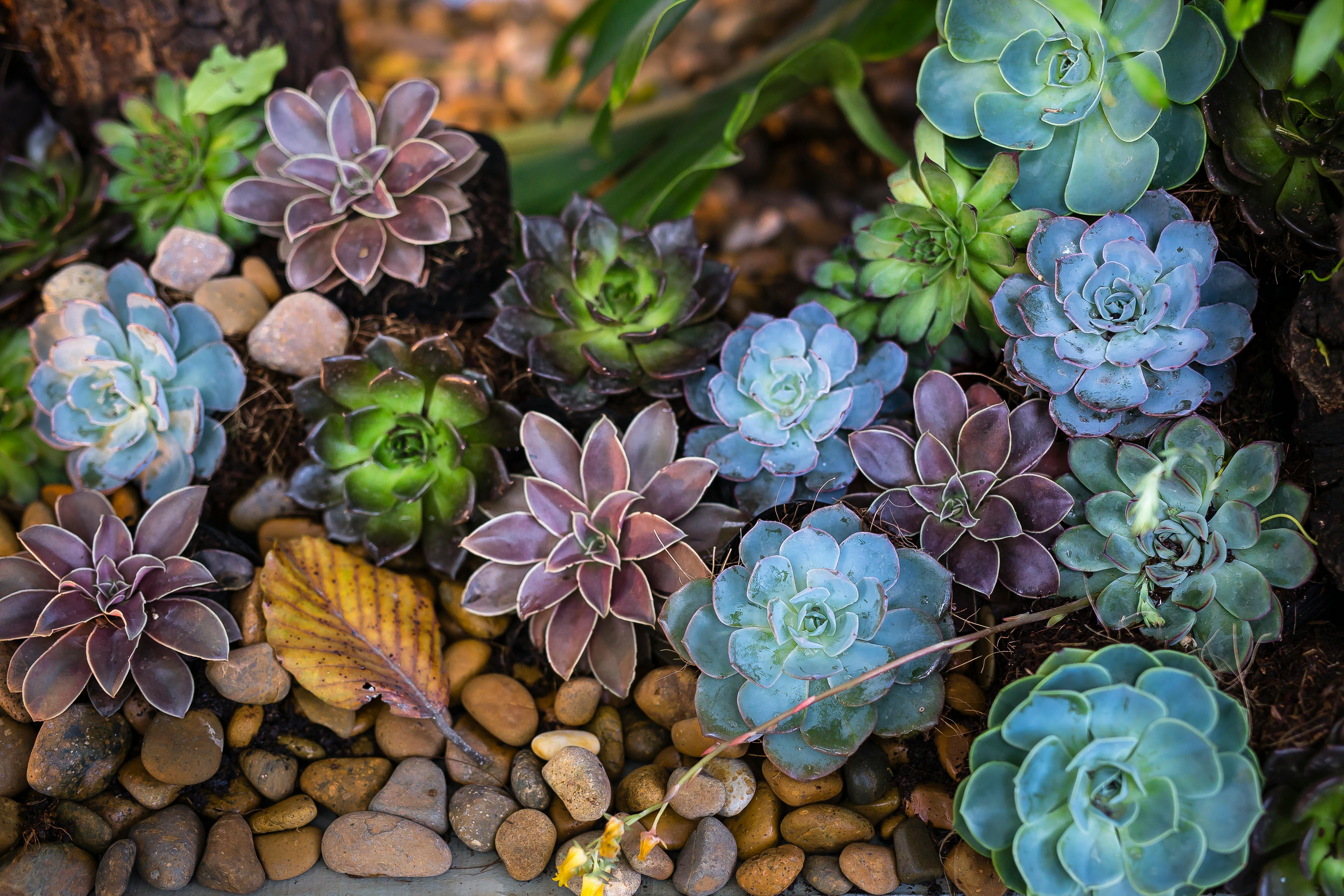
12. Succulents Have Cultural Significance
Succulents have played a significant role in various cultures around the world for centuries. In Mexico, the prickly pear cactus is a national symbol and a staple in traditional cuisine. In Feng Shui, jade plants (Crassula ovata) are believed to bring prosperity and good fortune, often referred to as the “money plant.” Aloe vera has been used for its medicinal properties for thousands of years, with records of its use dating back to ancient Egypt. The cultural significance of succulents extends beyond their aesthetic appeal, offering insights into their historical and spiritual importance in different societies.
Succulents are far more than just trendy houseplants. Their incredible adaptations, diverse colors, and fascinating histories make them a unique addition to any garden or home. Whether you’re drawn to their easy-care nature, their air-purifying qualities, or their cultural significance, succulents offer something for every plant lover. As you care for your succulents and watch them thrive, you can appreciate the rich world of these remarkable plants and the surprising secrets they hold.

